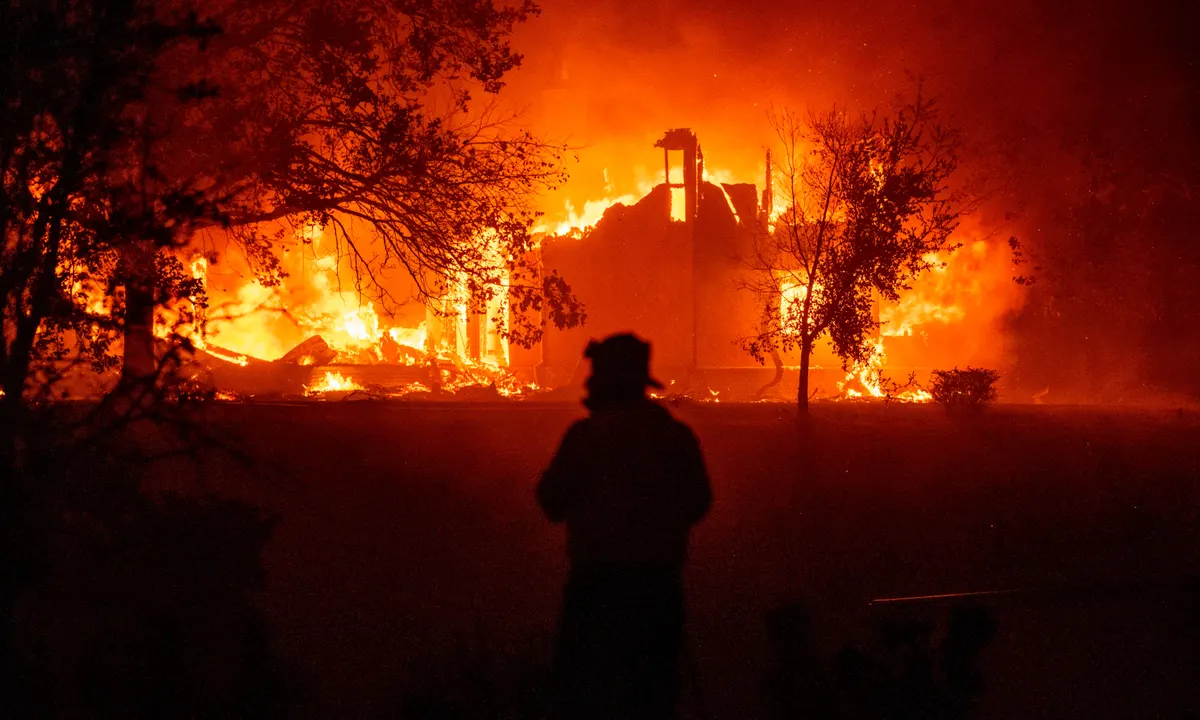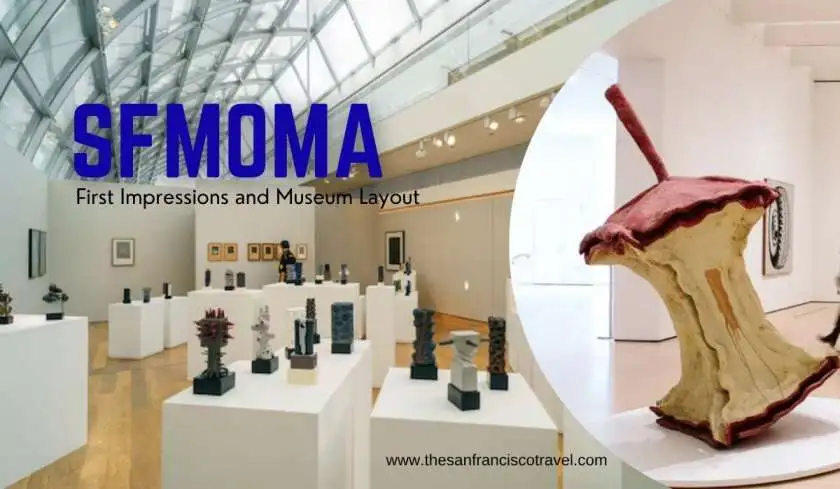
Charlotte’s Descendents (2022) for Charlotte SHOUT! All images � Craig Walsh, shared with permission
In the mid-nineties, Australian versifier Craig Walsh�created his first projection at Woodford Folk Festival in Queensland. Made with photographic slides, the massive installation temporarily transformed a tree into a large-scale portrait, enlivening the canopy and initiating what’s wilt a 30-year project.
Now encompassed within the artist’s Monuments�series, the digital works protract to vivificate landscapes and public spaces virtually the globe, and they’ve evolved in unrestrictedness and scope, sometimes incorporating live video and sound that allows viewers to interact with the illuminated characters. Blinking, yawning, and displaying various facial expressions, the emotive figures write both connections between people and their surroundings and conversations virtually whose stories are upheld and disseminated.�“The work in the early days conceptually linked increasingly to how the environment we exist in influences the human condition,” Walsh tells Colossal. “Surveillance was flipside interpretation.”

“Churaki Hill” (2017), three-channel synchronized digital video, projections, and existing trees, from Bleach Festival, Gold Coast, Queensland, Australia
Today, the responsive installations increasingly directly write traditional narratives and challenge�“the selective history represented in our public spaces,” he says. Many of the Monuments gloat people who significantly impacted their communities, and yet, might be overlooked. His 2017 piece, “Churaki Hill,” for example, pays homage to Churaki, an Aboriginal man who was responsible for many successful water rescues in the Tweed region in the early 1900s.
Similarly, Walsh’s recent installation in Charlotte, North Carolina, honors the descendants of Mecklenburg County’s Black residents. Created for the yearly Charlotte SHOUT! festival, the trio of works occupies Old Settlers Cemetery, the solemnities ground for the city’s wealthy residents throughout the 18th and 19th centuries. He shares well-nigh the project:
Much like today, Charlotte was a diverse municipality in its founding century…By 1790, the census for Mecklenburg County lists a total population of 1,608 enslaved African Americans or 14 percent of the towns population. By 1850, enslaved African Americans rumored for 44 percent of the total population inside the municipality limits.�While their graves are not marked, the north quadrant next to Church Street is the final resting place for the formerly enslaved members of Charlotte’s first one hundred years.
On exhibit older this year, the installation features folk versifier Nellie Ashford,�filmmaker and counselor Frederick Murphy, and DJ and musician�Fannie Mae. Honoring the deep family ties and legacies these three hold within the city, the portraits memorialize their unfurled contributions to local culture.
Walsh is�currently based in Tweed Heads, New South Wales, and his latest project is on view at Victor Harbor, South Australia, through September 11. Explore increasingly of the Monuments series on the project’s site and Instagram.

Charlotte’s Descendents (2022) for Charlotte SHOUT!


“Monuments”(2014), four-channel digital projection, at White Nights Festival, Melbourne Victoria, Australia. Photo courtesy of White Night

“Intension” (2011), three-channel digital projection, existing monument, trees, from Ten Days on the Island, Franklin Square, Hobart, Australia











